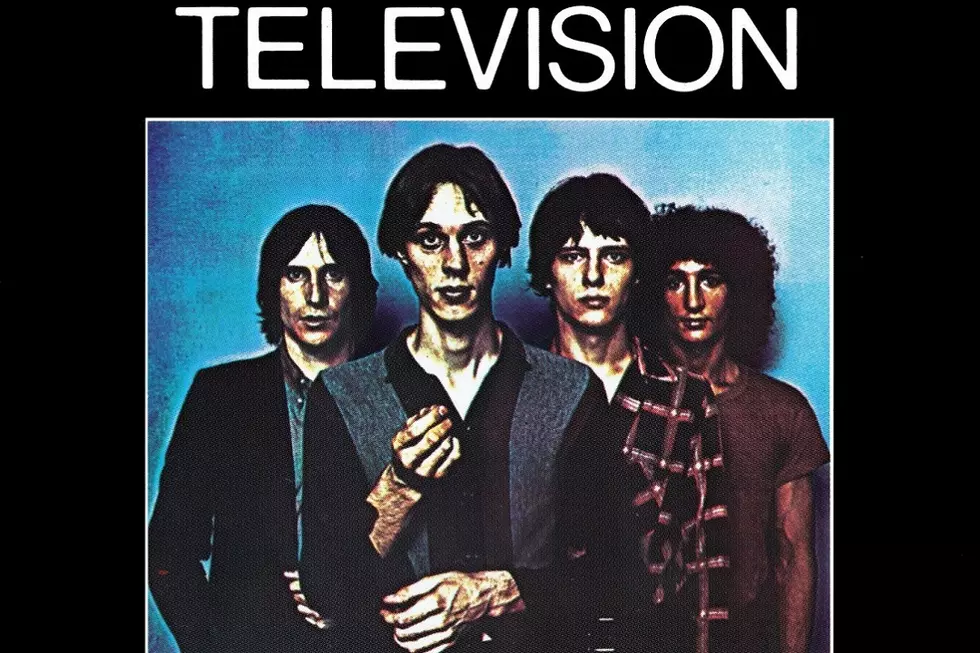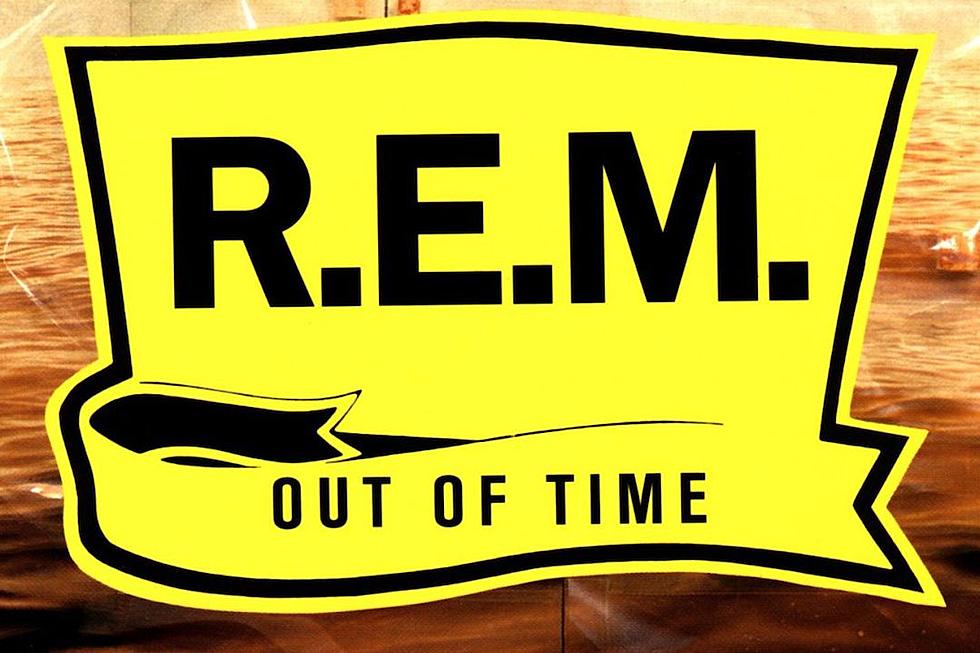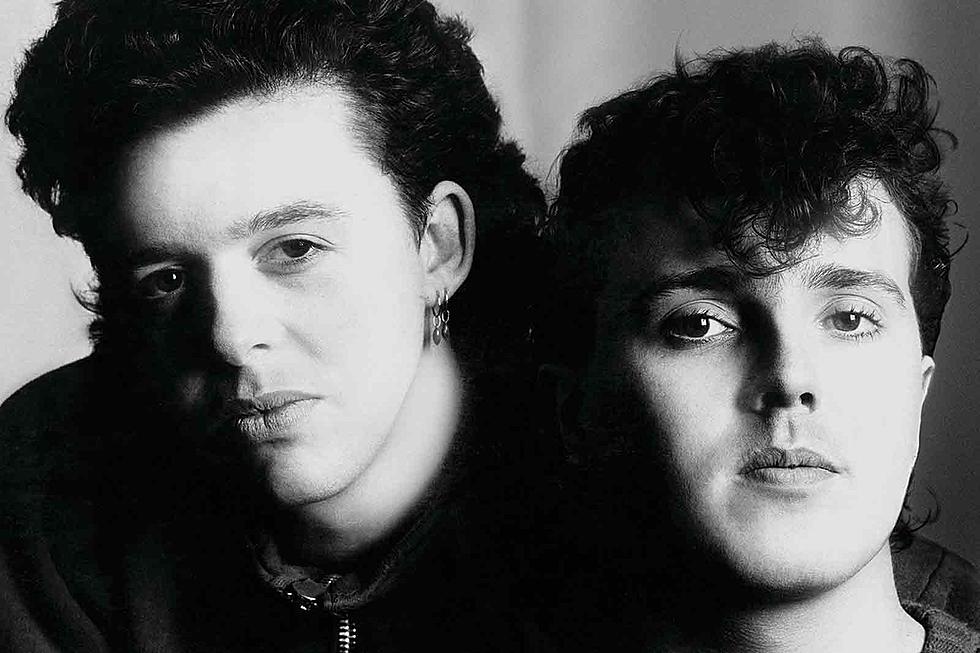20 Years Ago: Eels Release ‘Beautiful Freak’
Having fulfilled his two album contract for Polydor Records following the release of Broken Toy Shop in 1993, Mark Oliver Everett, who had been going by the name “E,” decided he needed more of a band sounding moniker than a singular letter. Eels were born and delivered Beautiful Freak to Everett’s new home, DreamWorks Records, becoming the first ever release by the label on August 13, 1996.
Singer-songwriters were the flavor of the day, with the likes of Jewel and Jeff Buckley gaining ground on the charts after building devoted fan bases during one of the last periods the industry would be so strongly focused on artist development. The Steven Spielberg, Jeffrey Katzenberg and David Geffen founded company hoped Everett, as well as future-signee Elliott Smith, would find a similar inroad to the mainstream.
Beautiful Freak, with its strange and genuinely creepy cover featuring a crawling child with huge eyes, did just that, with some help from the video for the album’s first single, “Novocaine for the Soul.” The MTV staple, directed by Mark Romanek, is a black and white clip showing the band floating high above an alley pantomiming to the music.
The song quickly became a quirky favorite, opening with the line, “Life is hard…and so am I / You’d better give me something, before I die.” It would be the song Eels became known for, unfortunately cementing Everett as a dweller in one-hit wonder-dom for some casual listeners. But listeners who forged beyond “Novocaine for the Soul” would find a compelling talent at work throughout the rest of Beautiful Freak.
Like most of Everett’s works throughout the years, the album is both personal and observational. The second single “Susan’s House” and the title track, which would be the fifth and final single released from the record, were both references to a former relationship, as detailed in Everett’s 2008 autobiography Things the Grandchildren Should Know.
The mood never rises above a wistful timbre on Beautiful Freak, and though not outright depressive, there’s little to look forward to, especially given that the most hopeful track on the album is “Your Lucky Day in Hell.” Sonically it’s a bit more exploratory than most albums in the genre with bits of looping giving it an almost Soul Coughing-like vibe, along with the presence of Everett’s beloved Wurlitzer organ.
In the end, Eels did the opposite of garnering diehard fans and then finding commercial popularity with Beautiful Freak, something that probably befits the nature of the notably introverted Everett. It’s also allowed him to never have to make the same record twice, with one of the standout traits to this day being the diversity of each new Eels effort.
Revisiting 1995: These Albums Are Now of Legal Drinking Age
More From Diffuser.fm









